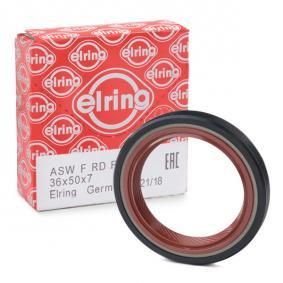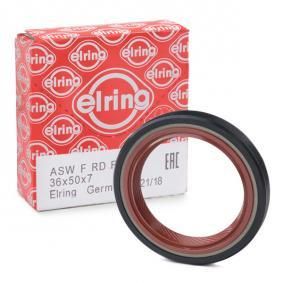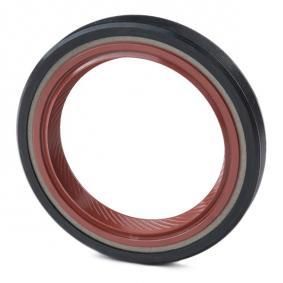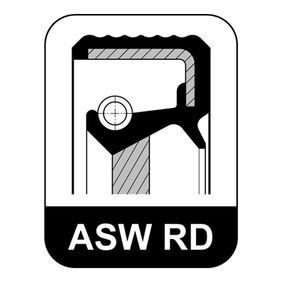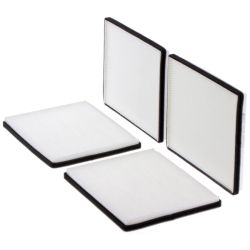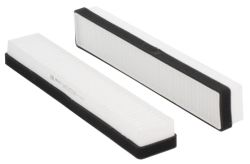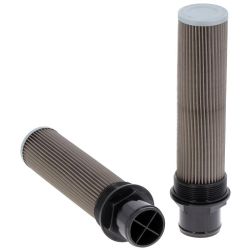ELRING EL505366 ASW RD-right helix 36x50x7 FKM/ACM for camshaft of CHEVROLET,CITROEN;HYUNDAI,FIAT,JAGUARKIA,LANCIA;NISSAN;OPEL;PEUGEOT;ROVER
-
Code:46036050079
-
Weight:0.020 Kgs
Dimension
Inner diameter: 36.0 mm
Outer diameter: 50.0 mm
Height 1: 7.0 mm
Height 2: .0 mm
Material: fluoride rubber ( FPM)
Material: acrylic rubber (ACM)
Suitable for camshaft of:
For delivery options to your country, please do not hesitate to contact us!
Estimated Shipping
 to Targovishte starts at
€3.11
outside Targovishte starts at
€3.21
to Targovishte starts at
€3.11
outside Targovishte starts at
€3.21
 outside Targovishte starts at
€3.09
to Targovishte starts at
€3.09
outside Targovishte starts at
€3.09
to Targovishte starts at
€3.09
Fluororubber properties:
Excellent resistance to mineral oils, aliphatic and aromatic hydrocarbons, as well as hydrocarbons containing chlorine, concentrated and dilluted acids, weak alkalis. Its excellent heat resistance (up to +200°C), as well as cold resistance (-30°C), depending on the type of seal, along with its good mechanical properties and remarkable aging resistance, place fluororubber well above the traditional synthetic rubbers. It is especially suitable for high peripheral velocity applications.
Advantages:
- excellent heat resistance within a wide temperature range: from -30°С to 200 °С
- superior resistance to oil and fuels as compared to other rubber types
- the only highly elastic rubber which is resistant to aromatic and chlorinated hydrocarbons
- negligible gas permeability
- excellent weather and ozone resistance
- excellent acid resistance to both concentrated and dilluted acids
- good resistance to weak alkalis
- low swelling in water
Limitations:
- limited flexibility in cold conditions
- limited tensile and tear strength
- limited wear resistance
- high compression set in hot water
- poor resistance to polar solvents
Rubber properties - Acrylic rubber ACM:
ACM has moderately good mechanical properties. It is resistant to oils, lubricants, oxidization and ozone, but absorbs water and vapours. Very good resistance to high temperature and hot oils. Similar to NBR, ACM is resistant to motor oils with modern additives, transmission oils, lubricants, etc, but unlike NBR, it demonstrates high oxidative and ozone resistance.
Advantages:
- good oil and fuel resistance
- good heat resistance: up to +150 °С in oil
- good weather and ozone resistance
Limitations:
- not usable in contact with water and water solutions
- limited cold flexibility
- limited tensile strength and tear resistance
- poor wear resistance
- poor resistance to polar and aromatic fluds and chlorinated hydrocarbons

